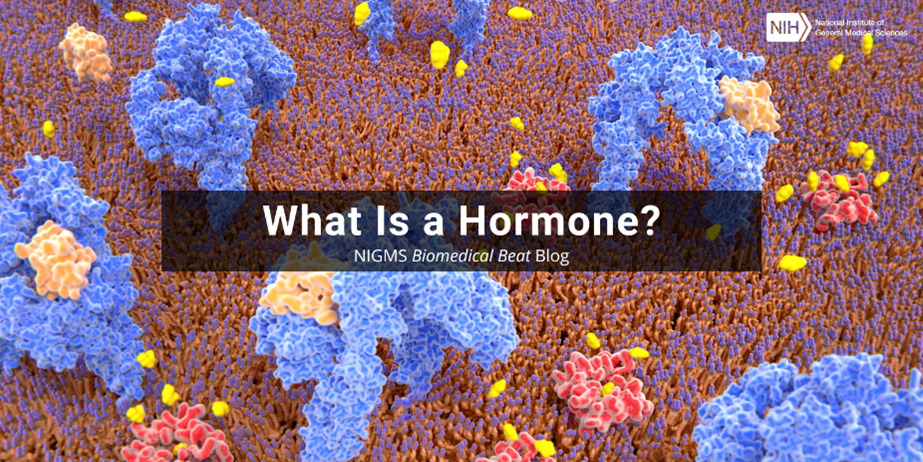Throughout 2022, we shared the stories of dozens of NIGMS-supported researchers, trainees, and programs. We also highlighted new STEM education resources, tested your knowledge with quizzes, showcased extraordinary scientific images, and more. To celebrate the upcoming new year, we’re highlighting five of our most popular posts from 2022. Check out the list below, and let us know in the comments section which of this year’s posts you liked best!
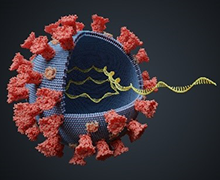 Genetic material inside a virus. Credit: iStock.
Genetic material inside a virus. Credit: iStock.
Public Alerted to Omicron in New Mexico Through Quick Detection
Researchers at the University of New Mexico Health Science Center were the first to discover a case of the Omicron variant of SARS-CoV-2—the virus that causes COVID-19—in their state. Their rapid identification of the variant and communication with the New Mexico Department of Health spurred action to help reduce Omicron’s spread.
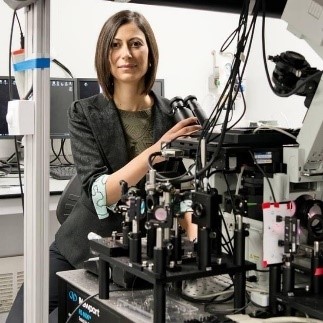 Dr. Melike Lakadamyali with a microscope. Credit: Courtesy of Dr. Melike Lakadamyali.
Dr. Melike Lakadamyali with a microscope. Credit: Courtesy of Dr. Melike Lakadamyali.
Photographing the Physics of Cells
“The first time I saw a movie of virus particles storming cells that I recorded on the microscope, I was practically jumping up and down,” says Melike Lakadamyali, Ph.D., describing her doctoral research. As a student and postdoctoral researcher, she also prodded growth cones in neurons and studied the multicolored cells of “brainbow” mice. Today, Dr. Lakadamyali runs a lab that develops cutting-edge microscopy tools, which she uses to study cells’ intricate organization.
 A cell undergoing mitosis. Credit: Robert Lera and Mark Burkard, University of Wisconsin-Madison.
A cell undergoing mitosis. Credit: Robert Lera and Mark Burkard, University of Wisconsin-Madison.
Slideshow: Mitosis Masterpieces
Mitosis, a process whereby a cell splits in two to create identical daughter cells, is essential for life as we know it. It can also be captivating, as these slideshow images and videos illustrate.
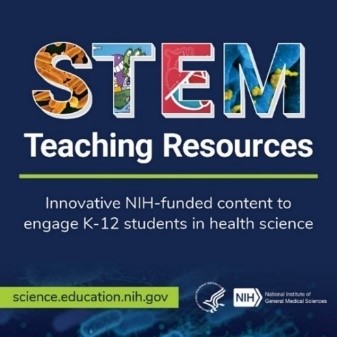 Credit: NIGMS.
Credit: NIGMS.
New NIH-Wide Resource for K-12 Educators
We launched a clearinghouse of K-12 STEM resources created and funded by the National Institutes of Health. Educators can find free, easy-to-access content to engage their K-12 students in health science and careers in biomedical research.
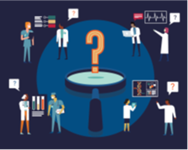 Credit: NIH.
Credit: NIH.
How Research Works: Understanding the Process of Science
Have you ever wondered how scientific discoveries are made? Scientists follow the scientific method when they ask questions about the world around them. They perform experiments, analyze their results, and draw conclusions based on the results. Learn how their observations lead to scientific discoveries and inspire future research.




